I am trying to find the second order transfer function from this response graph, however since I can't find the correct overshoot value I'm stuck. The graph runs from 0 to 10 seconds and starts at 1 second. The acceleration starts at 0 and ends at 0. The zero's are [0 -1.5+10i and -1.5-10i ] and the poles are [-1.5 -1-9i -1+9i].
Asked
Active
Viewed 104 times
0
-
1What was the input waveform? I also don't see infinite overshoot either. – Andy aka Jan 30 '21 at 15:18
-
I have edited the post. This is all the information given. – King kopa Jan 30 '21 at 16:15
-
1If you know the poles and zeros you basically have your answer and the response graph is of no consequence. – Andy aka Jan 30 '21 at 16:21
-
I just need to know how you determine the overshoot when the final value is 0. – King kopa Jan 30 '21 at 16:37
-
(1.) Are you trying to find a second order transfer function, but the order of the system is 3? (2.) You have a zero at 0, so the step response steady state value is 0. (3.) The acceleration starts at 0 and ends at 0 ==> I guess this is an impulse response and not a step response. Overshoot is measured for a step response (4.) You have a 1sec delay. So the transfer function is not a rational polynomial function. – Yiftah Jan 30 '21 at 17:43
-
The input is indeed a step function that makes a step of 1 at 1 sec. When I got this problem they said I needed to find a second order transfer function. – King kopa Jan 31 '21 at 13:46
-
@Kingkopa did you get any results on this problem? I got the same problem – King Richard Apr 21 '22 at 08:29
